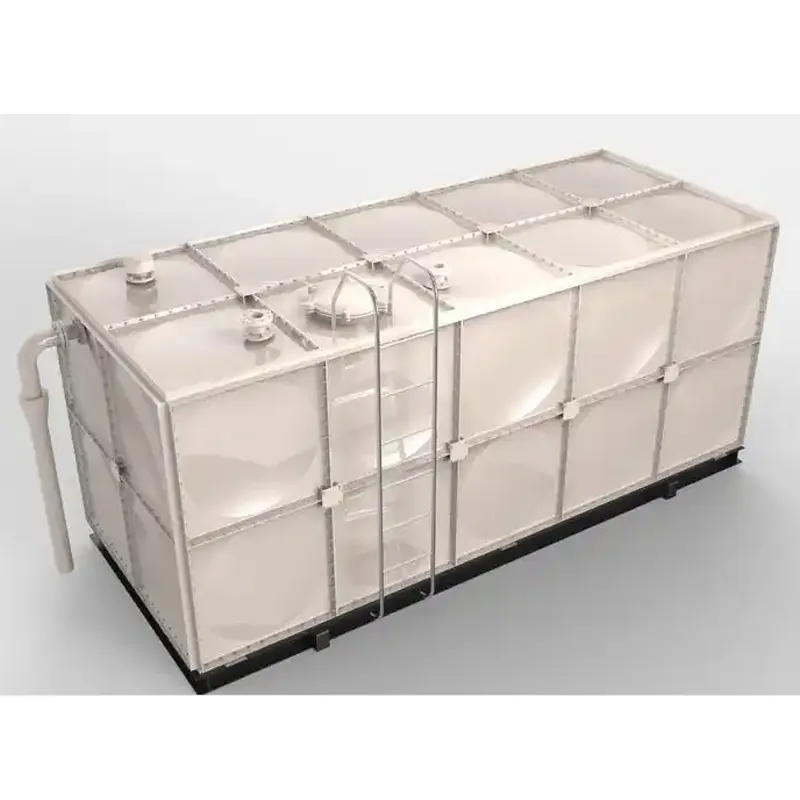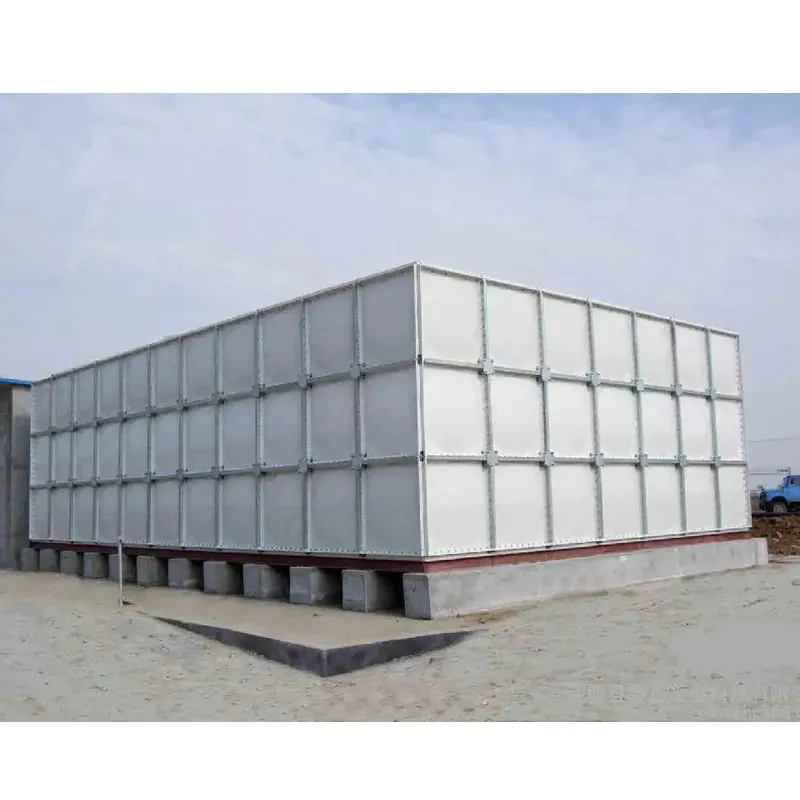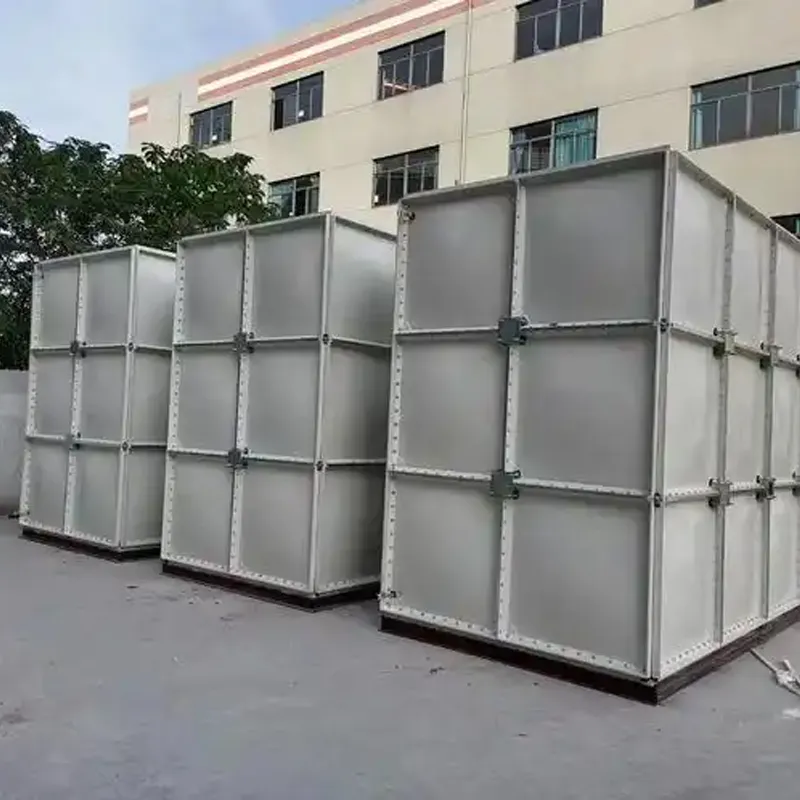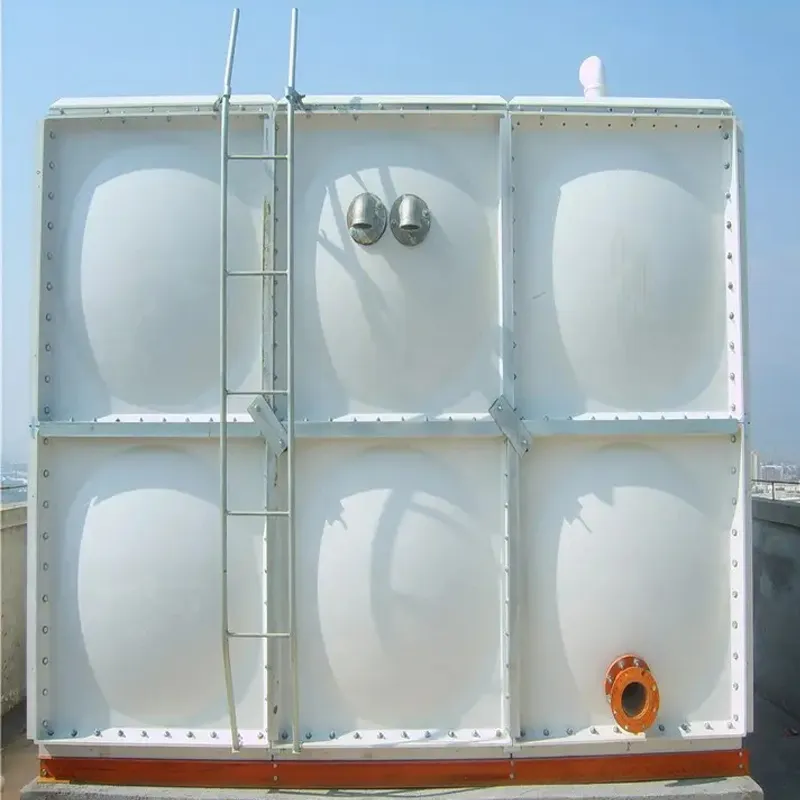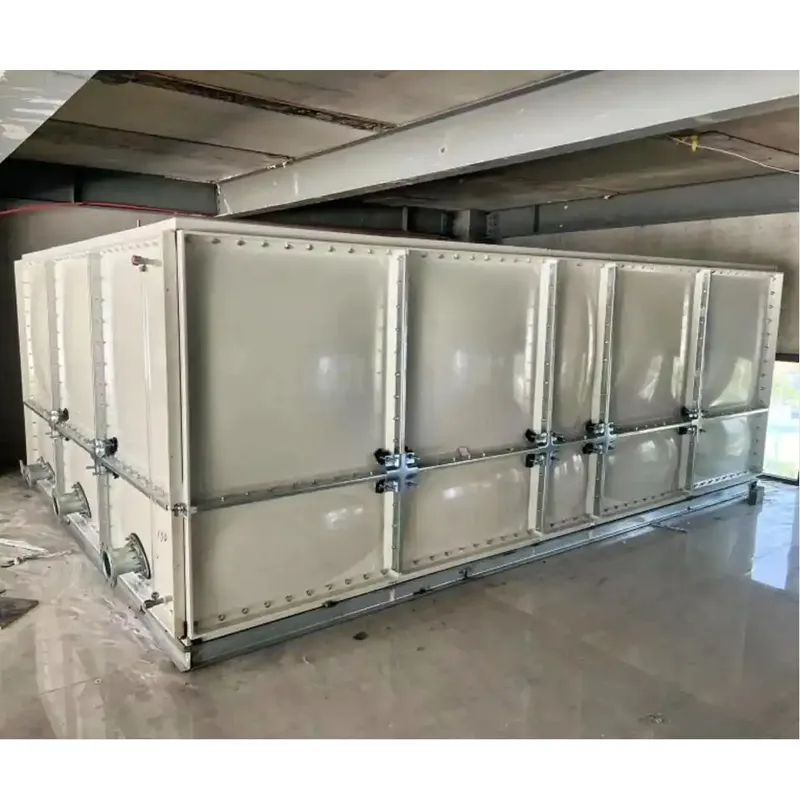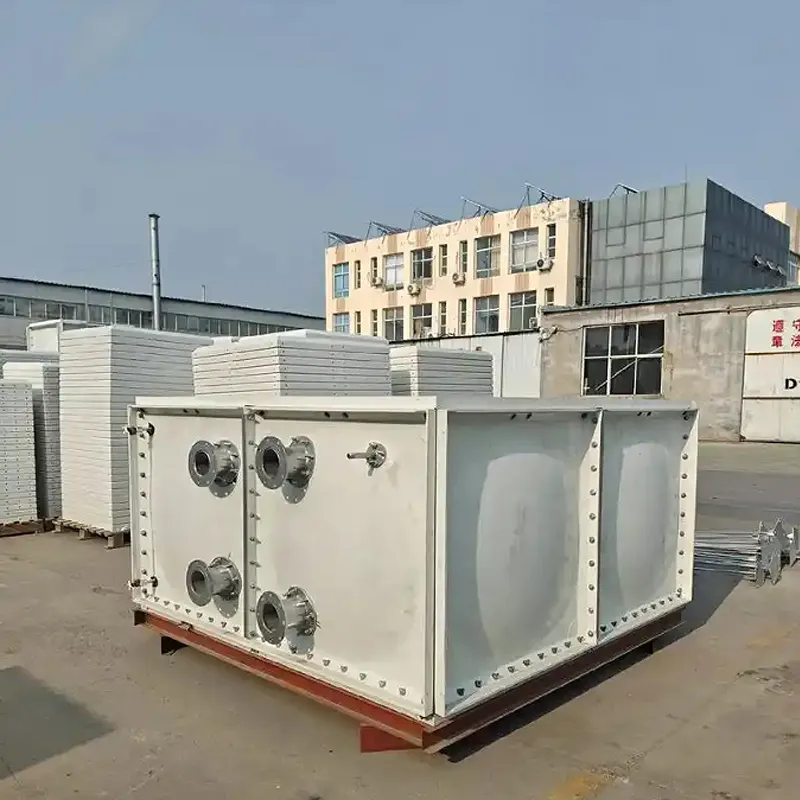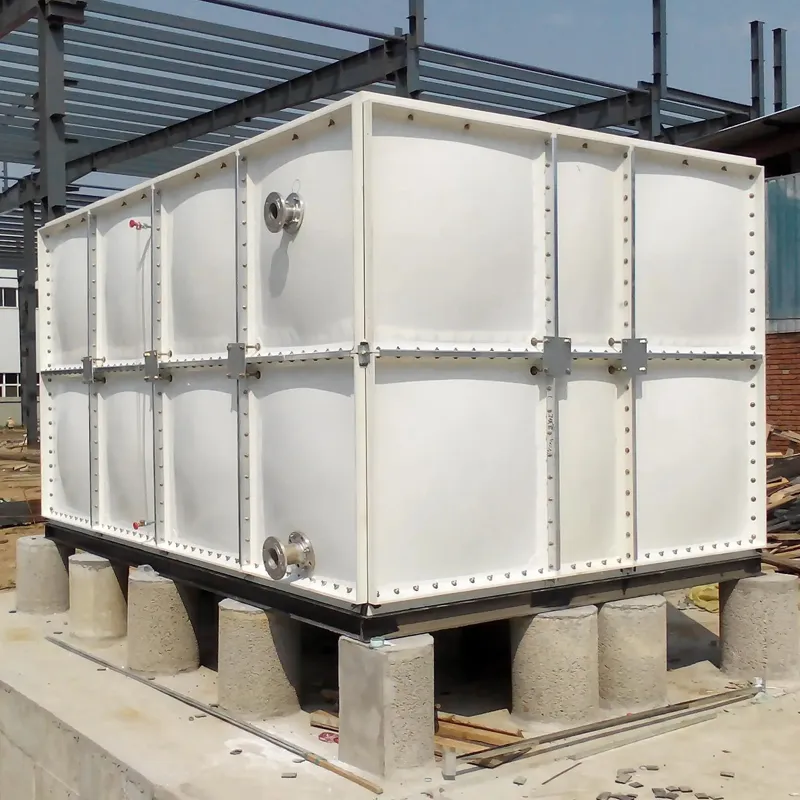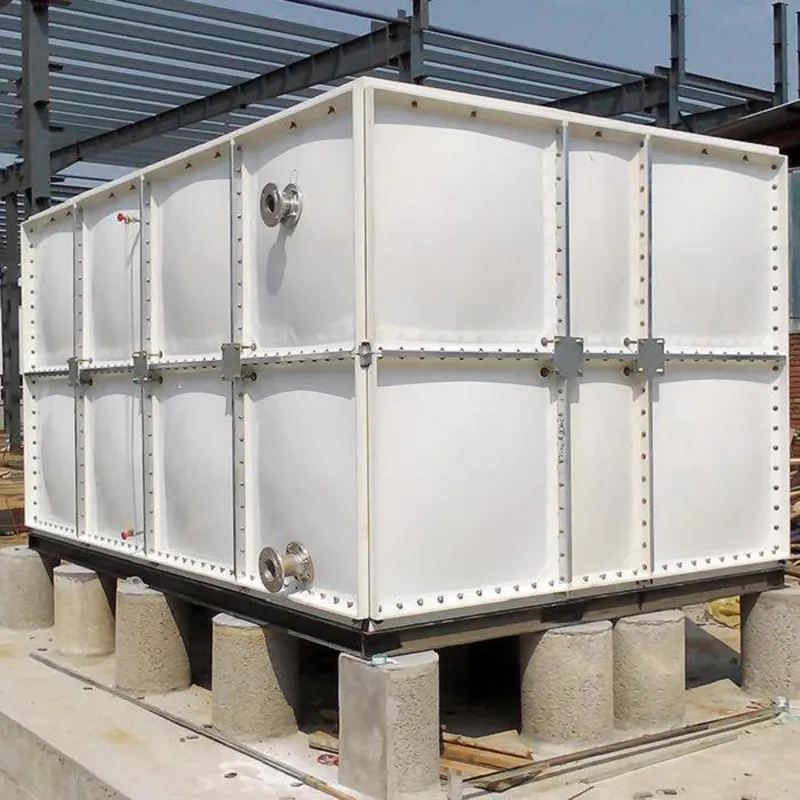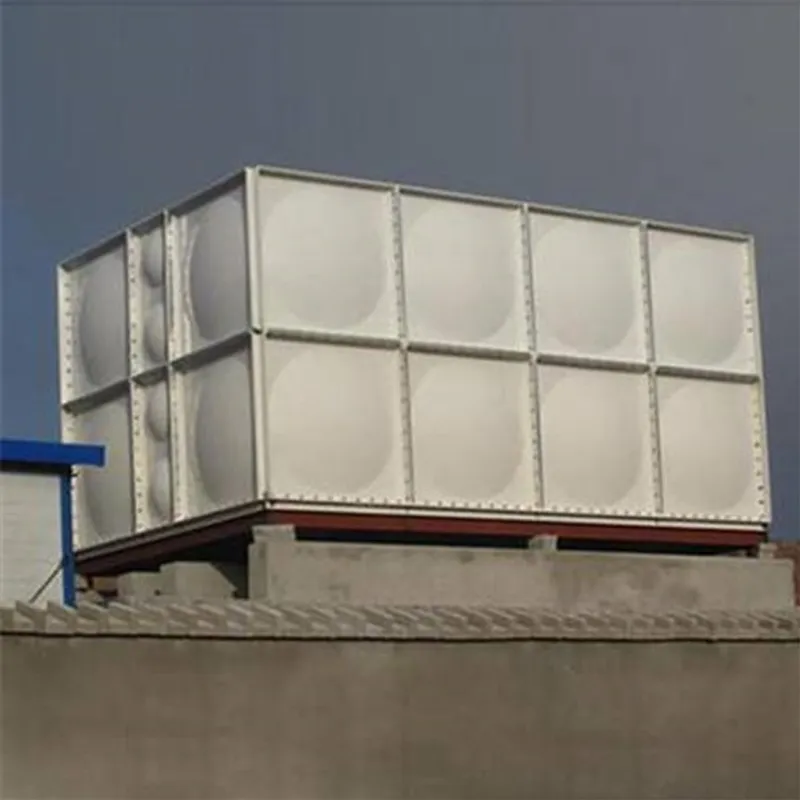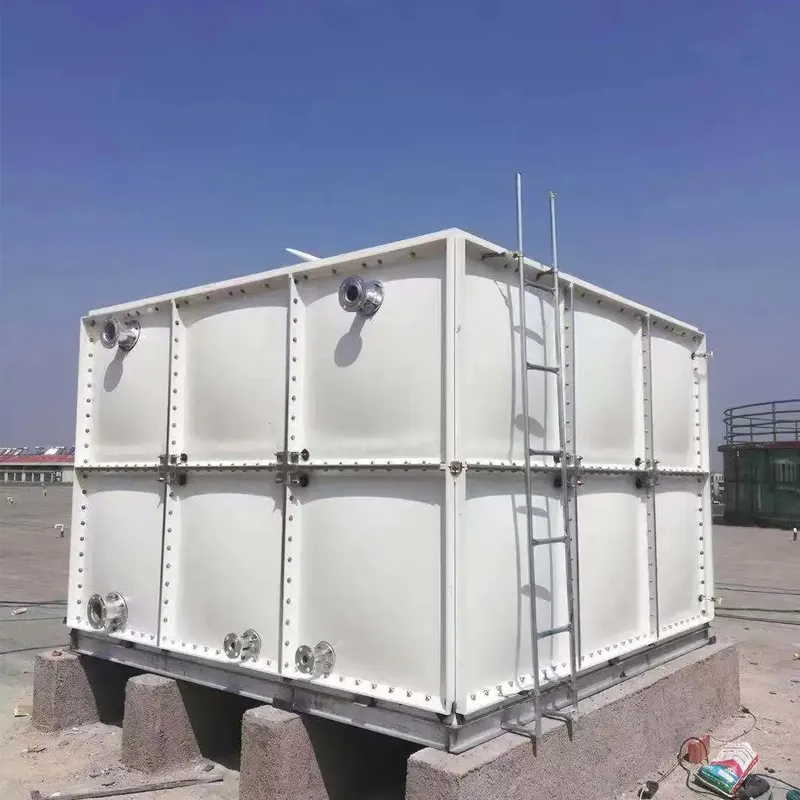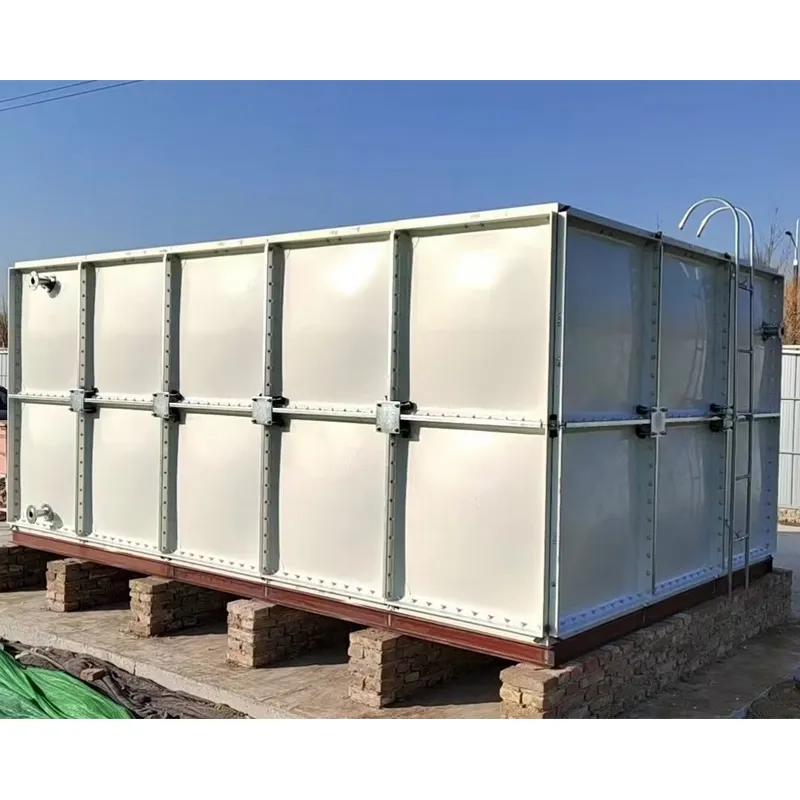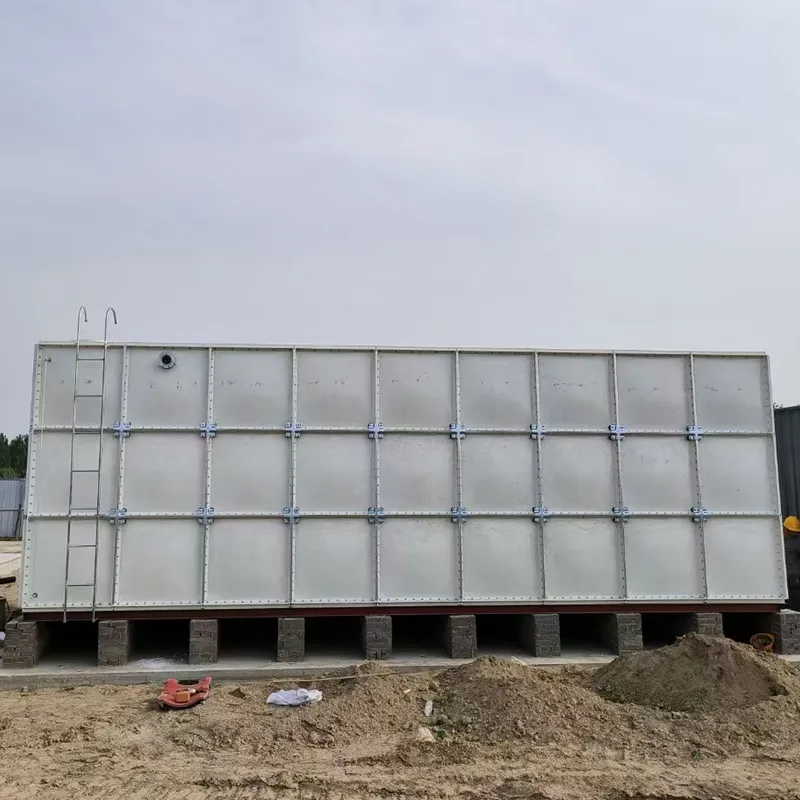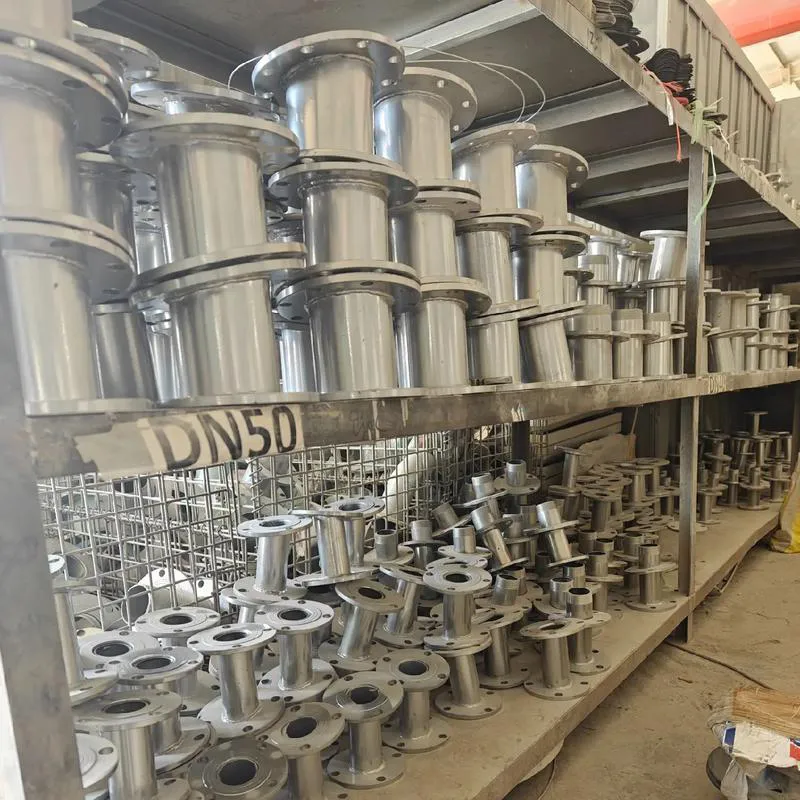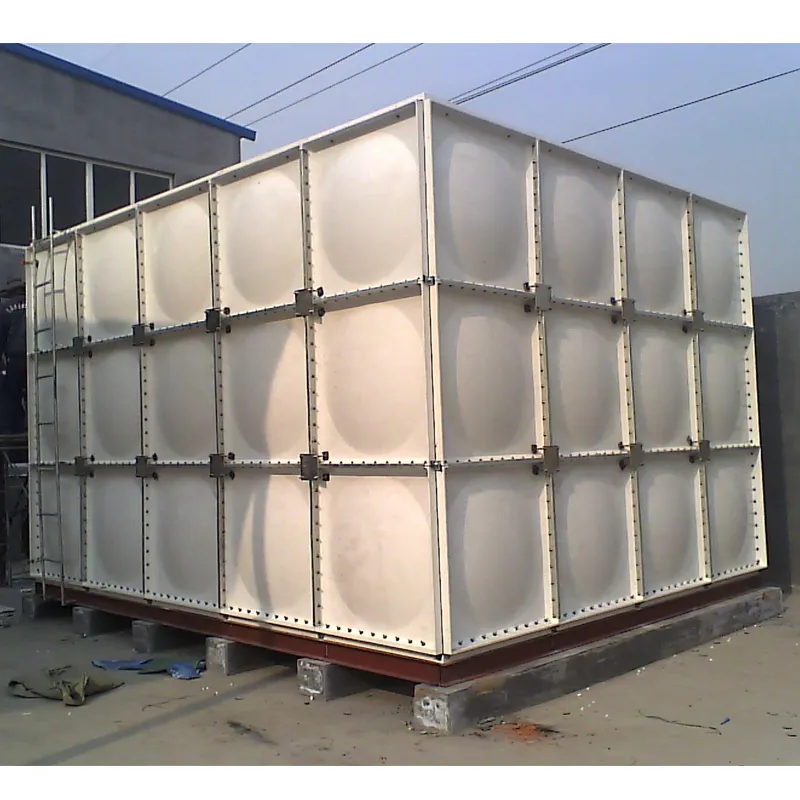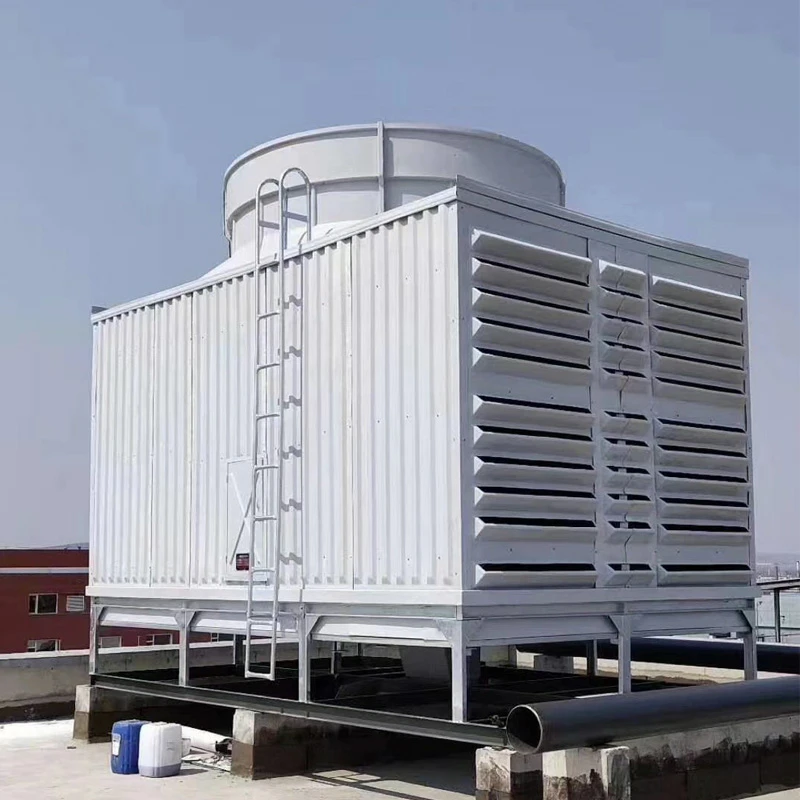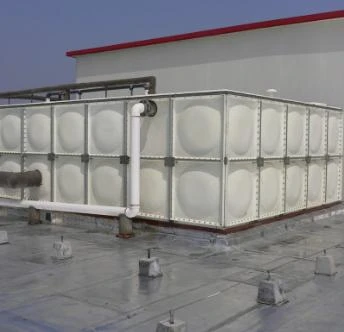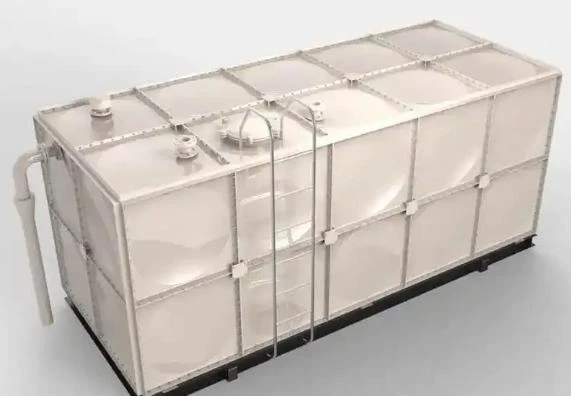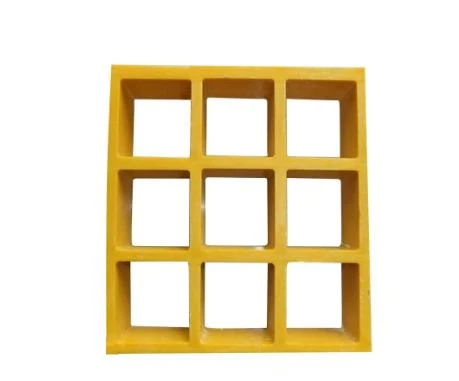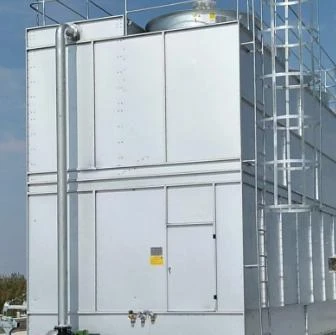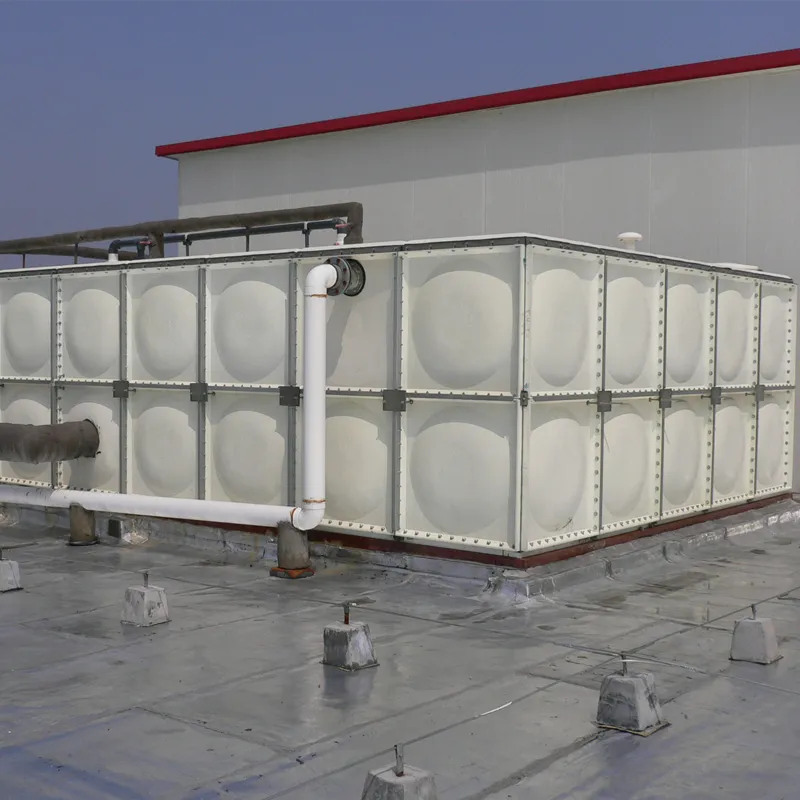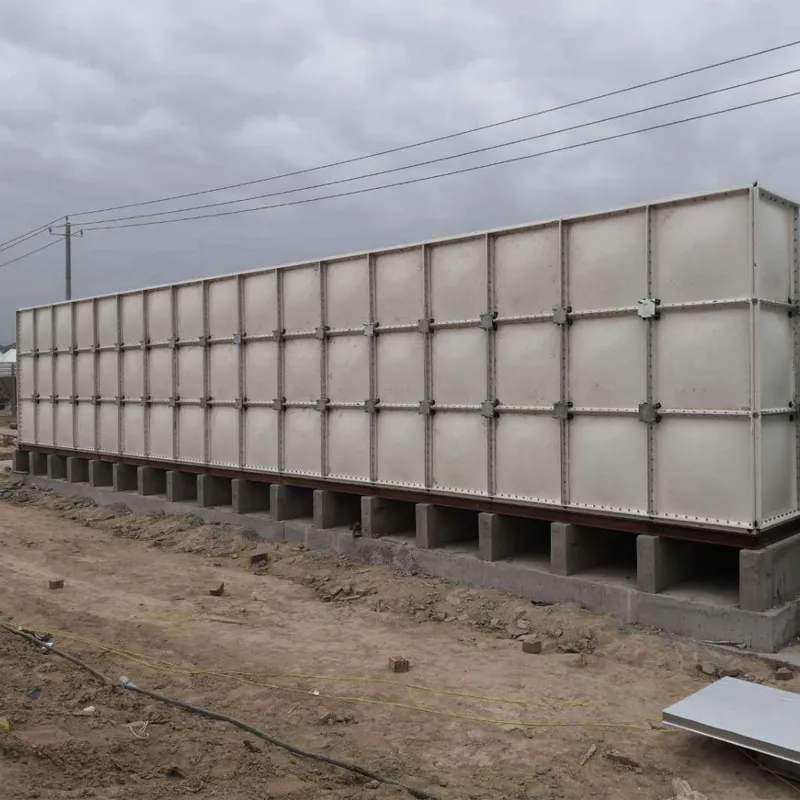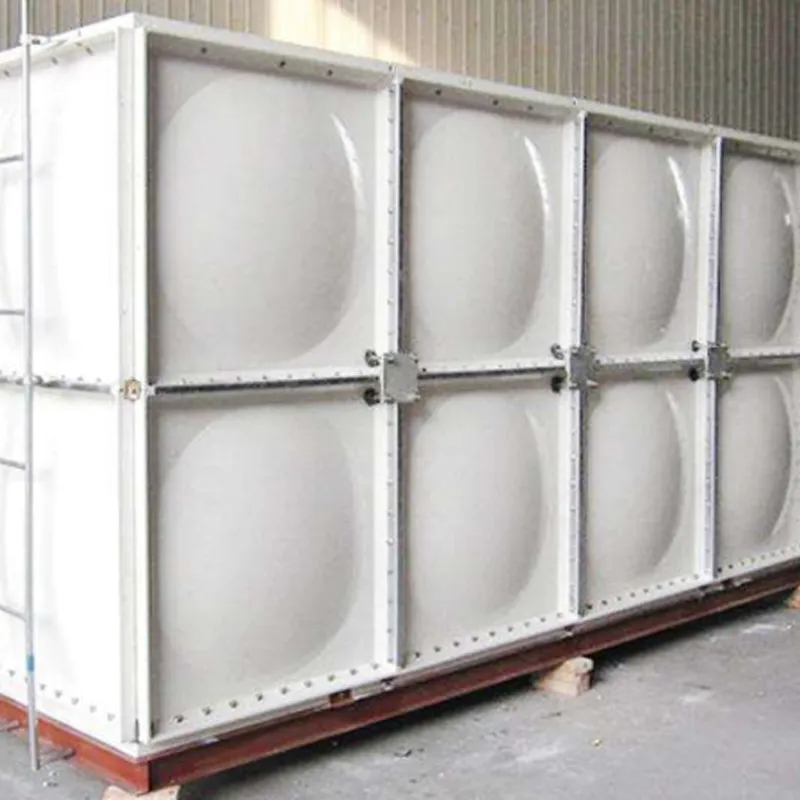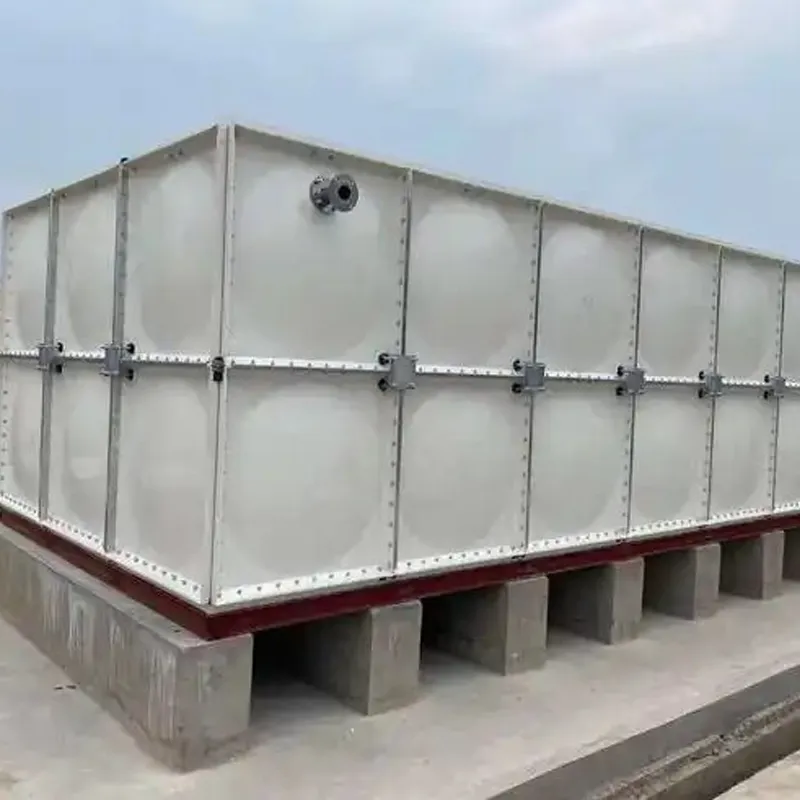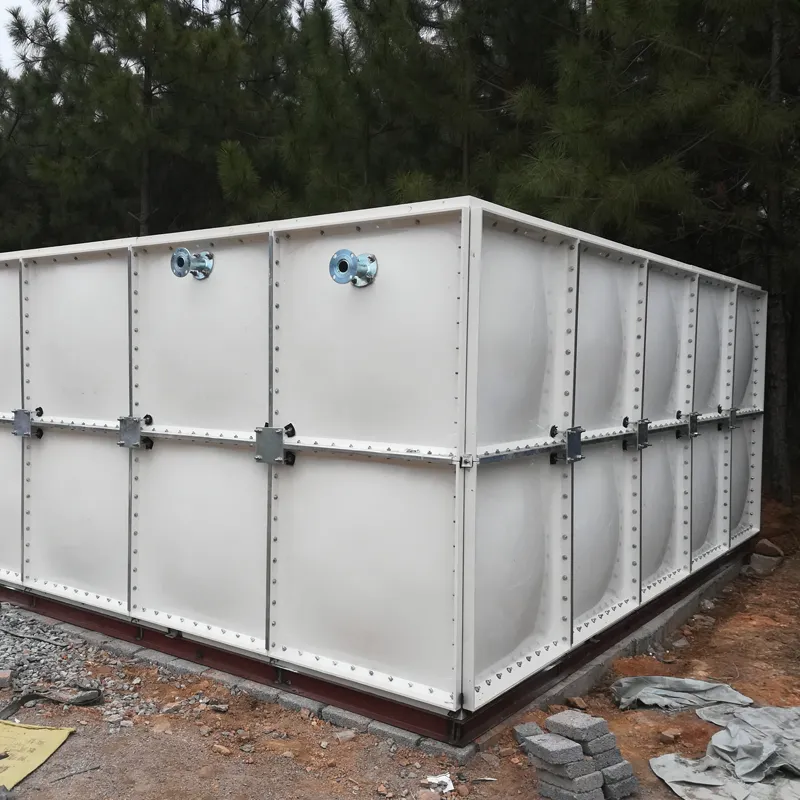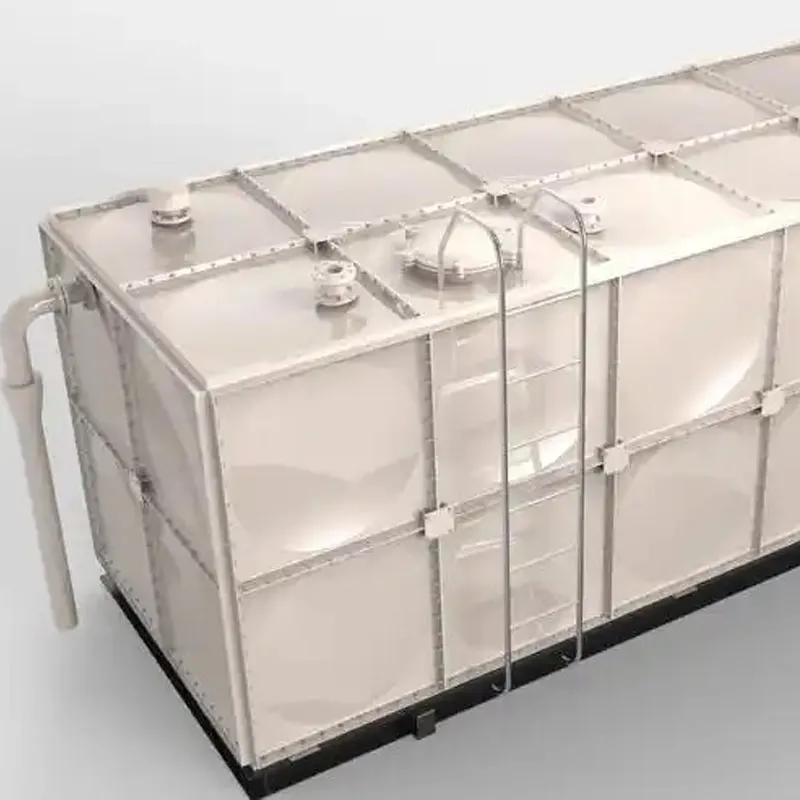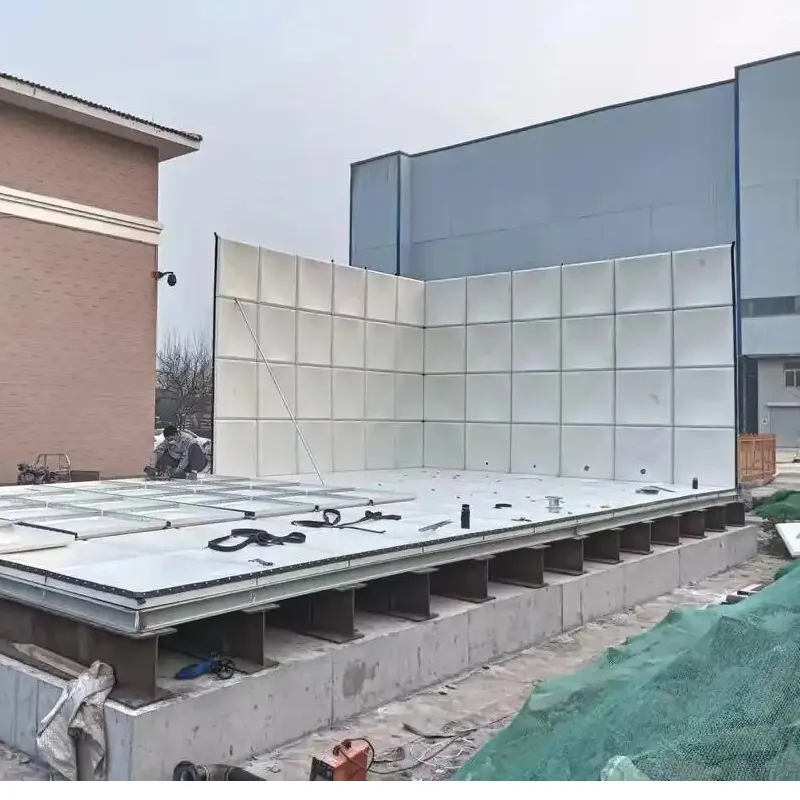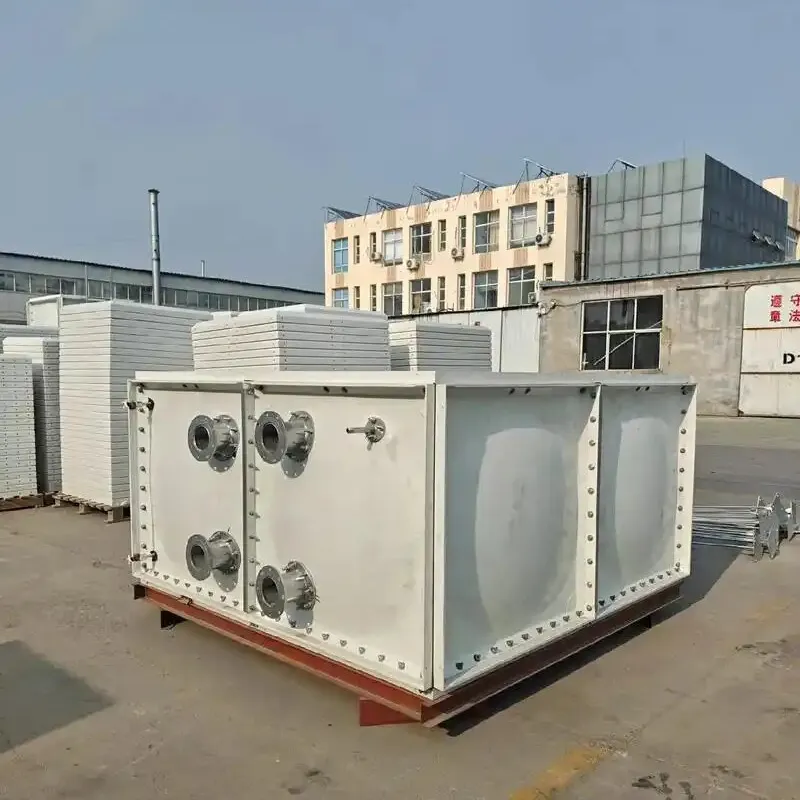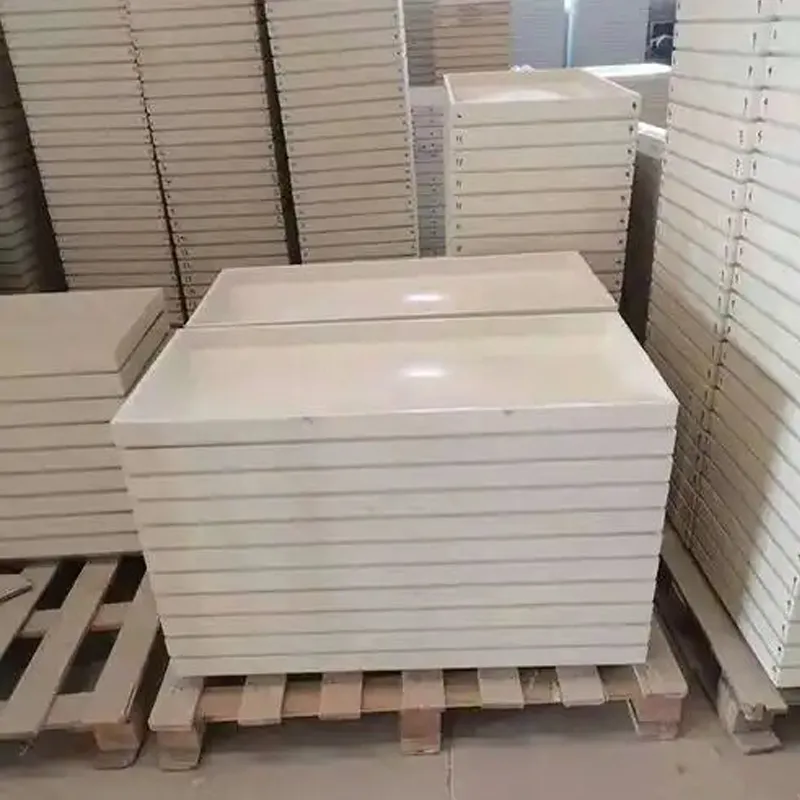

We Are Open 24 Hours a Day, 7 Days a Week, Including Weekends and Public Holidays.
Advantages of Enamel Water Tanks
Enamel water tanks, also known as vitreous enamel-coated steel tanks, are widely recognized for their superior performance in water storage and management. Below are their key advantages in detail:
1. Corrosion and Chemical Resistance
The enamel coating acts as a protective layer, preventing direct contact between water and the steel substrate. This makes the tanks highly resistant to rust, corrosion, and chemical reactions** from acids, alkalis, or salts. The enamel layer (formed by high-temperature sintering) bonds tightly with the steel, creating a diffusion layer of 200–300 microns that enhances adhesion and durability.
2. Hygienic and Safe Water Storage
Smooth Interior Surface: The enamel layer is non-porous and smooth, preventing algae growth, sediment buildup, and bacterial contamination.
Compliance with Standards: Enamel tanks meet strict sanitary requirements for potable water storage, ensuring compliance with drinking water regulations (e.g., GB5749-85 in China).
3. Structural Strength and Durability
Robust Design: The steel framework combined with enamel coating provides **excellent mechanical strength, resisting deformation, seismic activity, and impact.
Long Lifespan: Properly maintained enamel tanks can last decades, outperforming alternatives like plastic or concrete tanks.
4. Thermal and Environmental Adaptability
Heat Resistance: Suitable for storing hot water (up to 80°C) without degradation, thanks to the enamel’s thermal stability.
UV and Weather Resistance: The coating protects against UV radiation and extreme weather conditions, making them ideal for outdoor use.
5. Modular and Flexible Installation
Customizable Sizes: Enamel tanks are assembled from prefabricated steel panels, allowing customization in shape and capacity (e.g., 1m×1m modules).
Easy Assembly: Lightweight panels simplify transportation and on-site installation, even in constrained spaces.
6. Low Maintenance and Cost-Effectiveness
Minimal Upkeep: The smooth surface is easy to clean, and the corrosion-resistant coating reduces maintenance needs.
Eco-Friendly: Steel and enamel materials are recyclable, supporting sustainable water management practices.
7. Versatile Applications
Enamel tanks are widely used in:
Residential and commercial buildings for potable water storage.
Industrial settings (e.g., chemical storage, fire protection systems).
Renovation projects due to their compatibility with existing infrastructure.
Conclusie
Enamel water tanks excel in durability, safety, and adaptability, making them a premier choice for reliable water storage. Their combination of advanced materials and modular design ensures long-term performance across diverse environments. For technical specifications and installation guidelines, refer to industry standards and manufacturer documentation
Wat onze klanten over ons zeggen
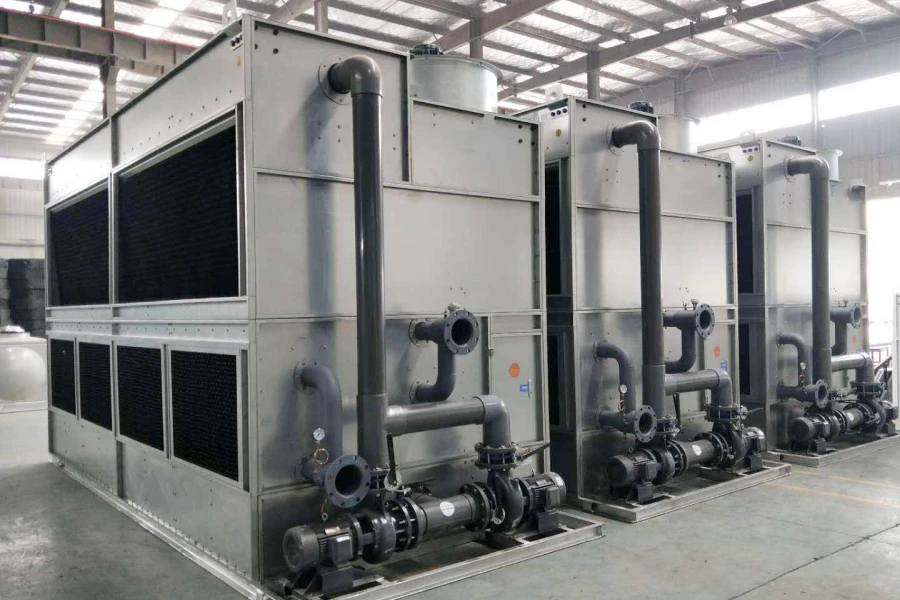 /home/www/wwwroot/HTML/www.exportstart.com/wp-content/themes/1344/article-products.php on line 375
/home/www/wwwroot/HTML/www.exportstart.com/wp-content/themes/1344/article-products.php on line 375Warning: Trying to access array offset on value of type null in /home/www/wwwroot/HTML/www.exportstart.com/wp-content/themes/1344/article-products.php on line 375
" title="
Warning: Undefined array key "array_faq_common_pro_List_title" in /home/www/wwwroot/HTML/www.exportstart.com/wp-content/themes/1344/article-products.php on line 375
Warning: Trying to access array offset on value of type null in /home/www/wwwroot/HTML/www.exportstart.com/wp-content/themes/1344/article-products.php on line 375
">

Hier is een professionele Engelse technische introductie tot GVK-tanks (met glasvezel versterkte kunststof), gestructureerd voor technische specificaties, industriële inkoop of technische documentatie:
Technische introductie van FRP-tanks
- 1. Overzicht
FRP-tanks (Glasvezelversterkte Kunststof) zijn composietopslagtanks die worden vervaardigd door glasvezelversterking te combineren met thermohardende harsen (bijvoorbeeld polyester, vinylester of epoxy). FRP-tanks staan bekend om hun corrosiebestendigheid, lichtgewicht ontwerp en aanpasbare configuraties en worden veel gebruikt in industrieën die duurzame oplossingen voor chemische opslag, waterbehandeling en industriële processen vereisen.
- 2. Structuur en productie
2.1 Gelaagde constructie
Laag Materiaal/Functie Binnenvoering: Harsrijke laag met additieven (bijv. grafiet of sluiers) voor chemische/slijtvastheid. Structurele wand: Glasvezelmatten/geweven rovings + harsmatrix (handmatig gelegd of filamentwikkeling). Buitenlaag: UV-bestendige gelcoat of hars voor weersbestendigheid en mechanische bescherming.
2.2 Productieprocessen
Filamentwikkeling: Geautomatiseerde vezelwikkeling voor uniforme sterkte (ideaal voor cilindrische tanks).
Handmatige lay-up: handmatige laagopbouw voor complexe vormen (bijvoorbeeld conische of rechthoekige tanks).
Spray-Up: Snelle productie voor niet-kritische toepassingen (beperkte structurele consistentie).
- 3. Belangrijkste voordelen
Eigenschap Voordeel Corrosiebestendigheid Bestand tegen zuren, logen, oplosmiddelen en zouten (pH-bereik: 1–14).
Hoge sterkte Treksterkte tot 300 MPa, vergelijkbaar met staal met 1/4 van het gewicht.
Aanpasbaar ontwerp: geschikt voor niet-standaard vormen, fittingen en montageconfiguraties.
Weinig onderhoud Geen roest, coatings of kathodische bescherming nodig; levensduur ≥ 30 jaar.
Thermische isolatie Een lage thermische geleidbaarheid (0,04–0,06 W/m·K) minimaliseert de warmteoverdracht.
- 4. Technische specificaties
4.1 Standaardparameters
Capaciteit: 100 L tot 500.000 L (aanpasbaar).
Drukklasse: Atmosferisch tot 10 bar (speciale uitvoeringen tot 25 bar).
Temperatuurbereik: -50°C tot 120°C (vinylesterhars); hoger met epoxy.
Wanddikte: 6–25 mm (varieert afhankelijk van diameter- en drukvereisten).
4.2 Algemene configuraties
Verticaal/Cilindrisch: Voor algemene opslagdoeleinden (chemicaliën, water).
Horizontaal: Verplaatsbare tanks voor de behandeling van brandstof of vloeibare bulkgoederen.
Ondergronds: Lekvrije ontwerpen voor opslag van brandstof of afvalwater.
- 5. Toepassingen
Toepassingen in de industrie: chemische verwerking, opslag van HCl, H₂SO₄, NaOH en organische oplosmiddelen. Waterzuivering: opslag van chloor, aluin en pekel; RO-systeemvaten. Opslag van brandstof in de olie- en gasindustrie, tanks voor geproduceerd water en opslag van pekel op zee.
FDA-conforme tanks voor azijn, sappen en eetbare oliën voor de voedings- en drankenindustrie.
- 6. Normen en certificeringen
ASTM D4097: Norm voor contactgegoten GVK-tanks.
ASME RTP-1: Corrosiebestendige apparatuur van versterkte thermohardende kunststof.
NSF/ANSI 61: Certificering voor contact met drinkwater.
EN 13121: GVK-tanks en -vaten voor ondergrondse opslag.
- 7. Vergelijking met alternatieve materialen
Parameter FRP Roestvrij staal Polyethyleen (PE) Corrosiebestendigheid Uitstekend (brede chemische compatibiliteit) Matig (afhankelijk van de klasse) Beperkt (gevoelig voor organische stoffen) Gewicht 1,8–2,0 g/cm³ 7,9–8,0 g/cm³ 0,95–0,98 g/cm³ Installatiekosten Laag (geprefabriceerde modules) Hoog (lassen/coaten) Matig Levensduur 30+ jaar 15–25 jaar 10–20 jaar
- 8.Installatie en onderhoud
Fundering: Zorg voor een vlakke, gewapende betonnen fundering (draagvermogen ≥ 1,5× tankgewicht).
Verankering: Gebruik roestvrijstalen banden in gebieden die gevoelig zijn voor aardbevingen/stormen.
Inspectie:
Jaarlijks: Controleer op oppervlaktescheuren, de integriteit van de verbindingen en slijtage van de voering.
5 jaar: Hydrostatische beproeving van drukvaten.
- 9.Kostenanalyse
Initiële kosten: 20–40% hoger dan PE-tanks, maar 50–70% lager dan roestvrij staal.
Levenscycluskosten: 30-50% besparing over 20 jaar dankzij nul-corrosie-onderhoud.
- 10. Toonaangevende fabrikanten
ZCL Composites (Canada): Gespecialiseerd in dubbelwandige GVK-tanks voor brandstofopslag.
Liquid Containment (VS): NSF-gecertificeerde tanks voor waterbehandeling.
Belco Manufacturing (VS): Op maat gemaakte GVK-vaten voor chemische verwerking.
Conclusie
GVK-tanks bieden ongeëvenaarde duurzaamheid en kostenefficiëntie voor corrosieve en zeer zuivere opslagtoepassingen. Houd bij het specificeren van GVK-tanks rekening met de compatibiliteit van de hars met de opslagmedia, valideer structurele berekeningen voor seismische belastingen en houd u aan industrienormen (bijv. ASME RTP-1). Raadpleeg voor agressieve chemicaliën (bijv. HF-zuur) fabrikanten voor gespecialiseerde bekledingsmaterialen zoals PVDF of PTFE.
Voor gedetailleerde offertes of technische tekeningen dient u operationele parameters (chemische samenstelling, temperatuur, capaciteit) en locatiespecifieke vereisten te verstrekken.
Laat het me weten als je meer informatie nodig hebt over de selectie van hars, het aanpassen van bestaande systemen of casestudies van storingen!
Wat onze klanten zeggen over FRP-watertanks
Veelgestelde vragen over FRP-watertanks
-
V: Wat is een FRP-watertank?
A: Een GVK-watertank is een opslagtank van glasvezelversterkt kunststof, die is ontworpen om zowel drinkbaar als niet-drinkbaar water op te slaan.
-
V: Wat zijn de voordelen van een GVK-watertank?
A: Watertanks van glasvezelversterkte kunststof (GVK) zijn corrosiebestendig, licht van gewicht, gaan lang mee en onderhouden nauwelijks.
-
V: Waar worden GVK-watertanks doorgaans gebruikt?
A: Ze worden gebruikt in industriële wateropslag, landbouw en gemeentelijke watersystemen.
-
V: Hoe verhouden GVK-watertanks zich tot andere soorten watertanks?
A: Watertanks van glasvezelversterkte kunststof (GVK) zijn duurzamer, beter bestand tegen chemicaliën en op de lange termijn kosteneffectiever dan tanks van staal of beton.







Adres
20 Xingyuan South Street, Zaoqiang County, Hengshui City, provincie Hebei, China








